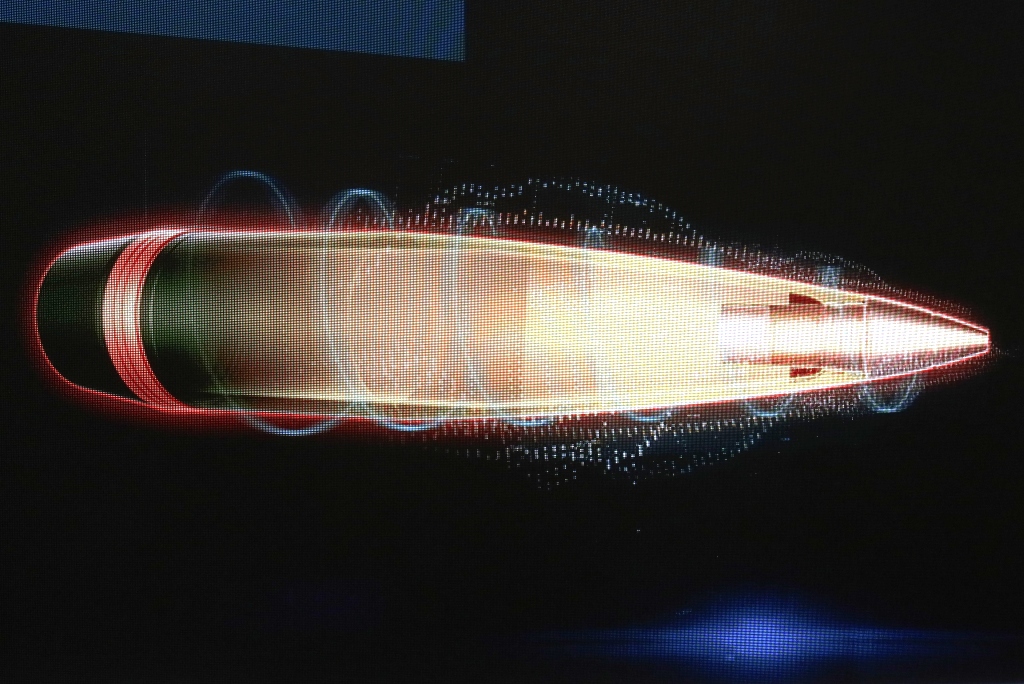- Reaction score
- 9,792
- Points
- 1,160
1 bullet
Many fillings
Cheaper materials
Cheaper production
Faster production
Longer range

 www.forces.net
www.forces.net

 www.edrmagazine.eu
www.edrmagazine.eu
Edit:
Instead of GPS satellites orbiting over head deploying a field of transmitter nodes on the ground?
Many fillings
Cheaper materials
Cheaper production
Faster production
Longer range

New 155mm artillery ammo tipped to give British Army more lethality and range
BAE Systems' Next Generation Adaptable Ammunition will replace the Army's ageing L15 family of ammunition

DSEI 2023 - BAE Systems NGAA future artillery munitions: better performances, maximum flexibility, easy to produce at lower costs - EDR Magazine
At DSEI 2023 BAE Systems unveiled its new NGAA, the acronym standing for Next Generation Adaptable Ammunition.
Edit:
BAE Systems is not looking only at today issues, such as production and costs. Its NGAA also aims to be future-proof, payload modularity opening doors, the new round featuring a potential for a range of non-lethal end effects in the electronic warfare, communications and navigation fields, maxing the 155 mm artillery ammunition a fast deployable small uncrewed system, other even more innovative payloads being potentially developed.
Instead of GPS satellites orbiting over head deploying a field of transmitter nodes on the ground?
Last edited:




